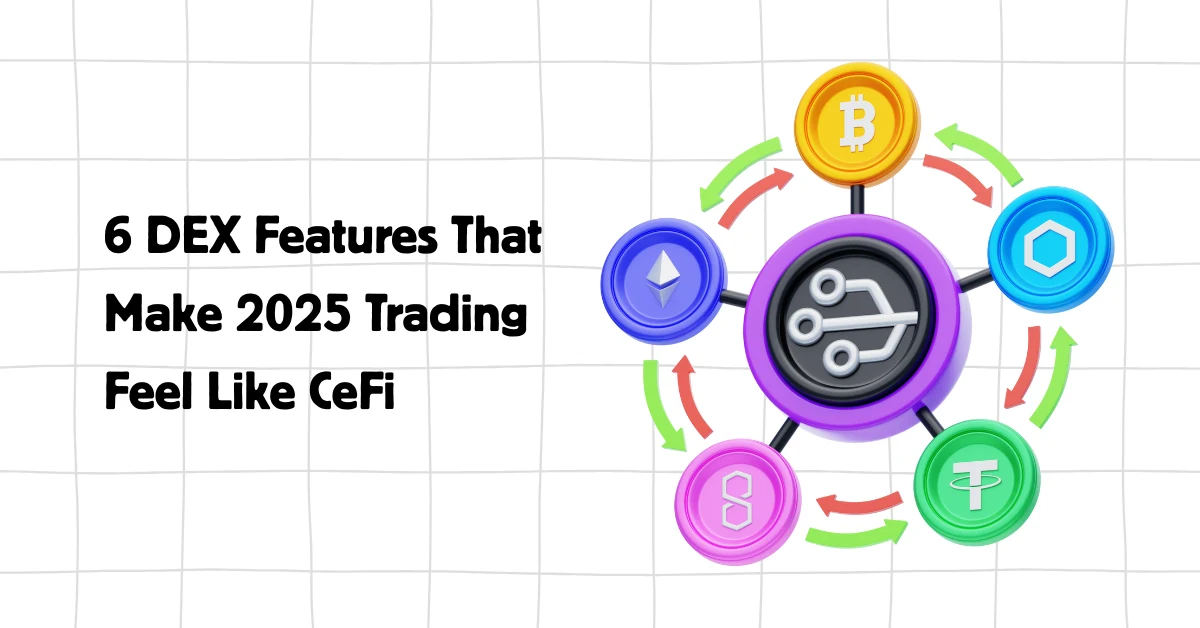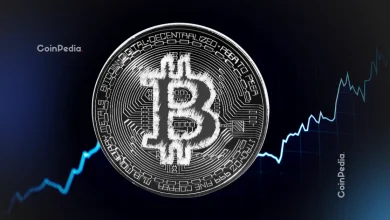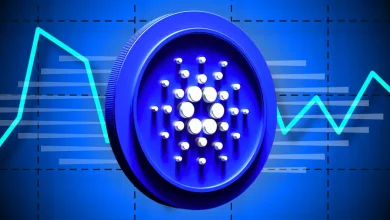
Decentralized exchange platforms operate very differently from their centralized counterparts, with automated market makers meaning users can trade directly with one another. They eliminate intermediaries, meaning they can offer lower trading fees, and they also allow traders to maintain self-custody of their crypto funds, meaning there’s no risk that users will suddenly see their digital assets disappear into the void.
To provide these advantages, it used to be the case that DEXs made big sacrifices in terms of the user experience, with their clunky, confusing interfaces, slow execution times and ridiculous price slippage. That led to the perception that trading on DEX platforms is somehow “inferior” and less profitable compared to CEXs like Binance and Coinbase.
That may have been so, but anyone trying to argue that’s the case now would be made to look very foolish indeed, for today’s DEX platforms have evolved with faster execution, feature-rich user interfaces and more advanced functionality, rivaling the very best CEX platforms.
1: UniswapX
Uniswap is widely regarded as one of the top DEX platforms, and it didn’t achieve that status by accident. One of its most compelling features is UniswapX, a new decentralized trading protocol that pools liquidity from multiple sources to ensure the best possible prices, with minimal gas fees.
UniswapX is based on a “Dutch auction” system, where the price of an order slowly decreases over time until it reaches an acceptable level for the end user. What this means is that users get the best price on their trades. It also introduces a new role known as “fillers”, which help to optimize trading, fulfilling orders with liquidity from third-party DEX and CEX platforms, similar to what market makers do for CEXs.
Transaction fees are included in the quoted swap price, so there are no nasty surprises for traders. Moreover, this also removes the need to hold native tokens to pay those fees. MEV Protection is another major benefit that translates to better price execution. With UniswapX, Uniswap provides a CEX-like trading experience with all of the benefits of decentralization.
2: GMX v2
A major update to the GMX DEX delivered an enhanced perpetuals trading experience along with superior risk management for liquidity providers in the shape of “isolated pools”.
With isolated pools, traders can benefit from specialized liquidity pools and trade specific cryptocurrency pairs, namely a “long” token and a “short” token, with lower risk. The pools make it possible for traders to open a leveraged position and provide liquidity to earn rewards a share of the platform’s trading fees, without exposing themselves to the risk of impermanent loss.
Other benefits of GMX v2 include a revamped fee structure that reduces the costs for opening and closing leveraged positions, improving capital efficiency for users, and dynamic pricing via integrated Chainlink oracles, which provide price data from other blockchains in real-time.
Lastly, GMX v2 introduced support for Synthetic Markets, which incorporate an Auto-Deleveraging mechanism to close profitable positions once they reach a predetermined profit threshold.
3: Curve’s crvUSD
Curve made its name as the number one venue for stablecoin trading, and the launch of its native crvUSD token is designed to enhance that status, giving it a more secure and rewarding alternative to leading fiat-backed assets such as USDT and USDC.
crvUSD is a decentralized stablecoin that’s backed by an overcollateralized debt position, meaning users mint it by depositing various approved cryptocurrencies as collateral. It uses complex algorithmic mechanisms to maintain its peg to the U.S. dollar.
With overcollateralization, users need to deposit greater value than the amount of crvUSD they want to mint, ensuring that the tokens backing it are protected against price volatility. It employs a novel liquidation process, where if the collateral value drops, it enters “soft liquidation”, where the underlying collateral is slowly converted to crvUSD to reduce the risk of a sudden loss. Rather than using a fixed liquidation price, Curve employs a broad range, allowing for risk to be managed in a more flexible way.
crvUSD offers other advantages, including no minting fees and variable borrowing rates, which are automatically adjusted based on market dynamics.
4: Aave Arc Leverage
Aave’s Arc opens the door for traditional institutions to participate in leveraged DeFi lending and borrowing in a highly regulated way, implementing both KYC and AML to ensure compliance with financial regulations. Leveraged trading has become a mainstay of the traditional financial world, and Aave Arc paves the way for institutions to enjoy the same capital efficiency when investing in DeFi assets.
As a permissioned platform, Aave Arc only allows approved institutions verified by third-party whitelisters such as Fireblocks to access its platform, ensuring that every user is KYC compliant.
Unlike the regular Aave platform, Aave Arc operates its own, distinct liquidity pools set up to cater to institutional needs, with support for tokens including BTC, ETH, AAVE and USDC. It also implements a novel leverage mechanism, where institutions can borrow against their supplied capital in order to invest more than their deposits, increasing their exposure to the market. With this increased capital efficiency, institutional investors gain the potential for much higher returns through leveraged positions, without needing to deposit more assets.
5: ArbiDex & BaseSwap via Orbs dLIMIT/dTWAP
ArbiDex and BaseSwap are making waves for their CEX-like trading features, supporting institutional-grade limit and time-weighted average price orders thanks to their integration with Orbs’ Layer-3 network.
With Orbs’ dLIMIT and dTWAP protocols, ArbiDex and BaseSwap support advanced order types for experienced traders, so they can implement more sophisticated trading strategies to increase their profitability. dLIMIT makes it possible for DEX users to execute limit orders with lower fees and optimal prices, meaning they have greater control over the price they want to buy or sell crypto assets. Meanwhile, dTWP stands for time-weighted average price, and makes it possible for traders to split large volume traders into smaller orders that are executed incrementally in order to minimize price impact.
ArbiDex and BaseSwap are further aided by Orbs’ Liquidity Hub, which allows them to aggregated liquidity from multiple sources, including DEXs, CEXs and third-party liquidity providers, ensuring optimal prices for traders.
6: PancakeSwap’s Pro Charting Tools
DEX platforms have long been considered inferior in terms of the analytics capabilities they offer to traders, but that has changed with PancakeSwap’s Pro Charting Tools, which enable rich analysis of crypto market dynamics.
PancakeSwap’s analytics portal supports various chart types, including candlestick charts for tracking price movements over a specific timeframe, and line charts for broader analysis of the overall market direction. Digging deeper, it also supports moving averages, smoothing out price data to help users identify long- and short-term trends, as well as bollinger bands and the relative strength index of different crypto assets.
Users also have extensive options for customizing these charts, with the ability to select custom time frames of between 1 minute all the way up to 5 years, as well as overlay indicators, which embed multiple indicators onto a single chart for comparative analysis. Its charts are fully interactive too, with tools for zooming in and out, and even editing tools that allow users to draw trend lines and Fibonacci retracements atop of the charts.
DEXs Enter Their Prime
DEXs may once have offered an inferior trading experience, but that’s no longer the case. In fact, the reality today is that the leading DEX platforms have evolved far beyond their initial clunky roots. Their reliance on community-led development has enabled DEXs to quickly build and implement all of the advanced features that traders love best in both CEX and traditional financial trading tools.
These days, seasoned CeFi traders will feel immediately at home in most modern DEX platforms, meaning they can enjoy the benefits of a decentralized trading experience without needing to make sacrifices in terms of user experience.
Trust with CoinPedia:
CoinPedia has been delivering accurate and timely cryptocurrency and blockchain updates since 2017. All content is created by our expert panel of analysts and journalists, following strict Editorial Guidelines based on E-E-A-T (Experience, Expertise, Authoritativeness, Trustworthiness). Every article is fact-checked against reputable sources to ensure accuracy, transparency, and reliability. Our review policy guarantees unbiased evaluations when recommending exchanges, platforms, or tools. We strive to provide timely updates about everything crypto & blockchain, right from startups to industry majors.
Investment Disclaimer:
All opinions and insights shared represent the author's own views on current market conditions. Please do your own research before making investment decisions. Neither the writer nor the publication assumes responsibility for your financial choices.
Sponsored and Advertisements:
Sponsored content and affiliate links may appear on our site. Advertisements are marked clearly, and our editorial content remains entirely independent from our ad partners.








